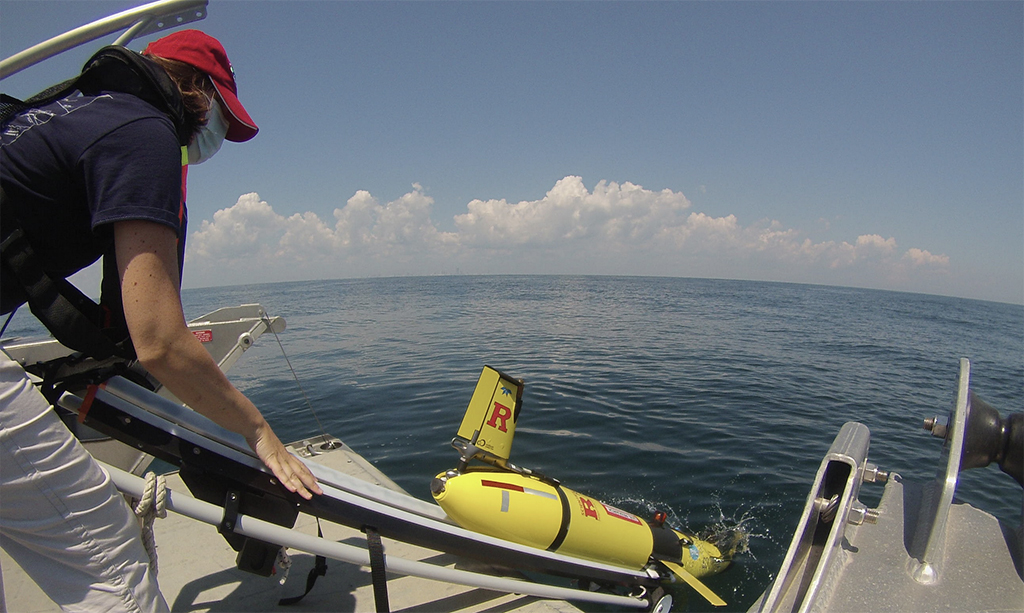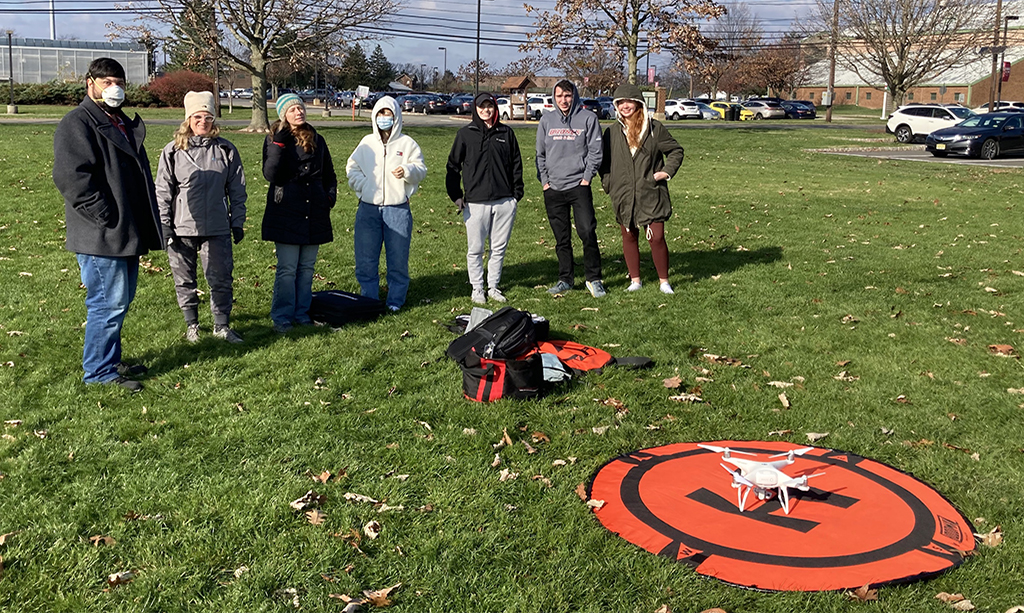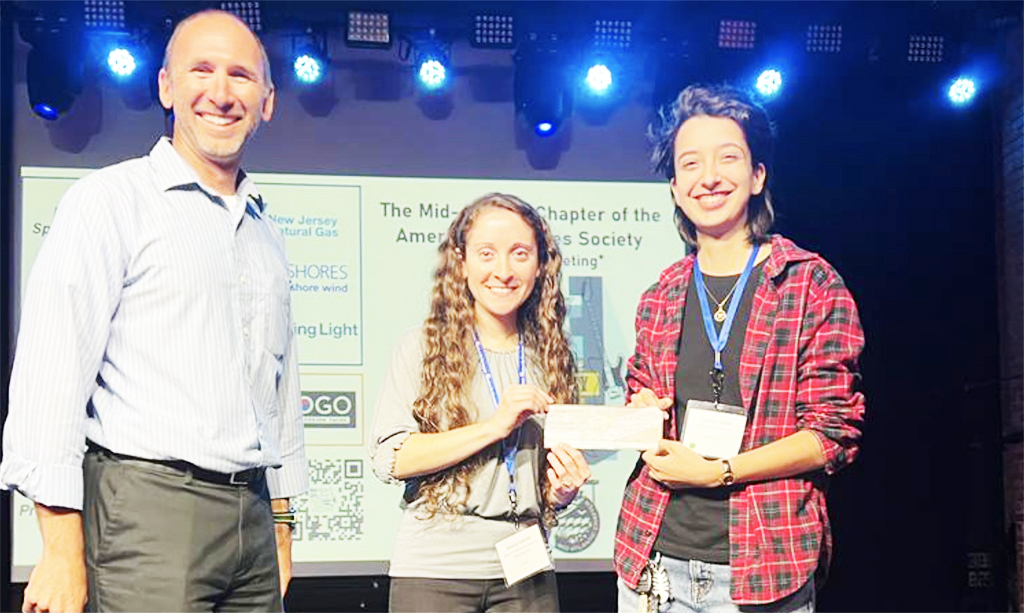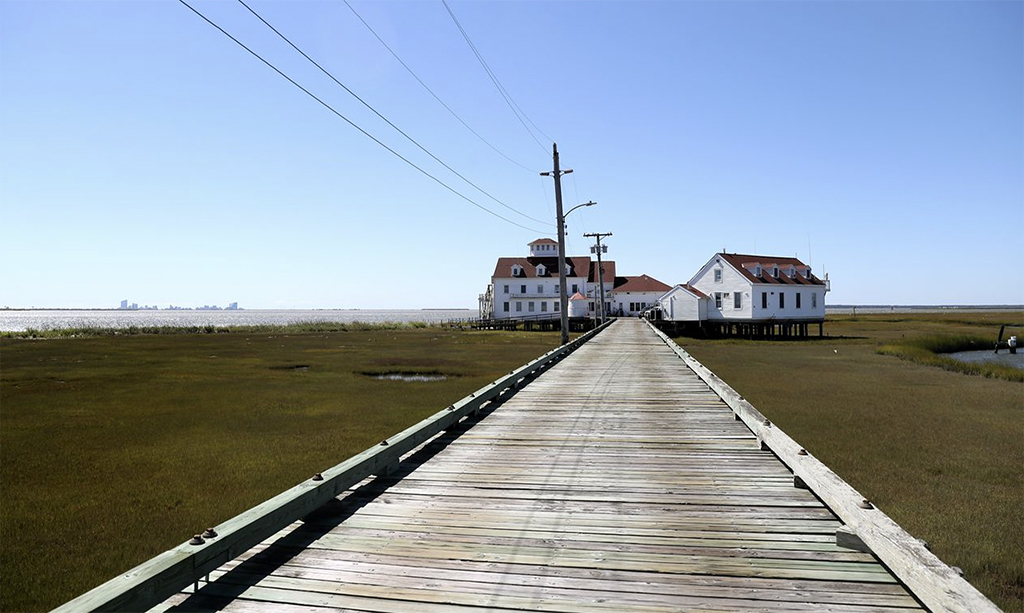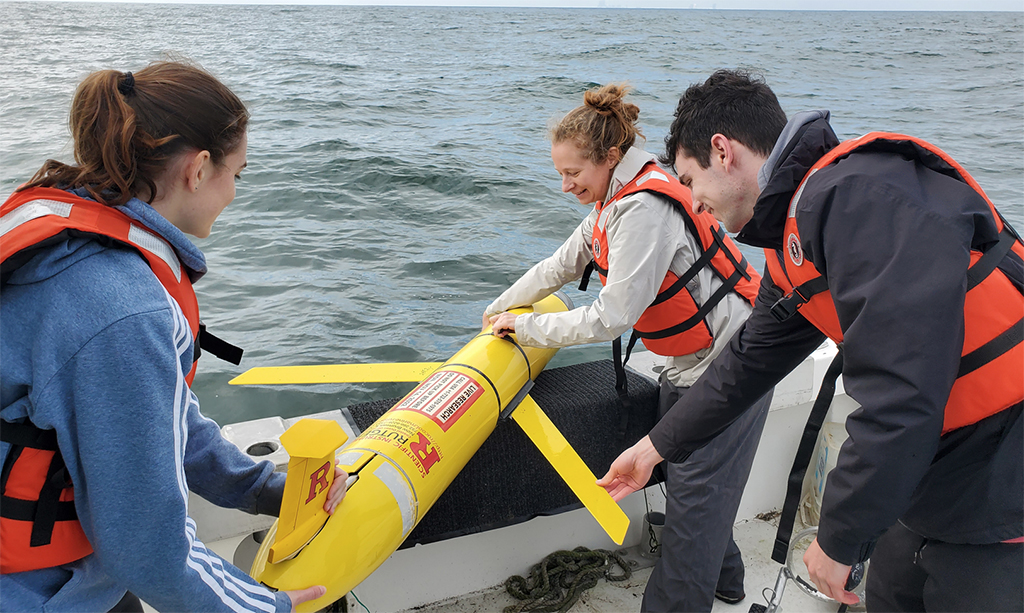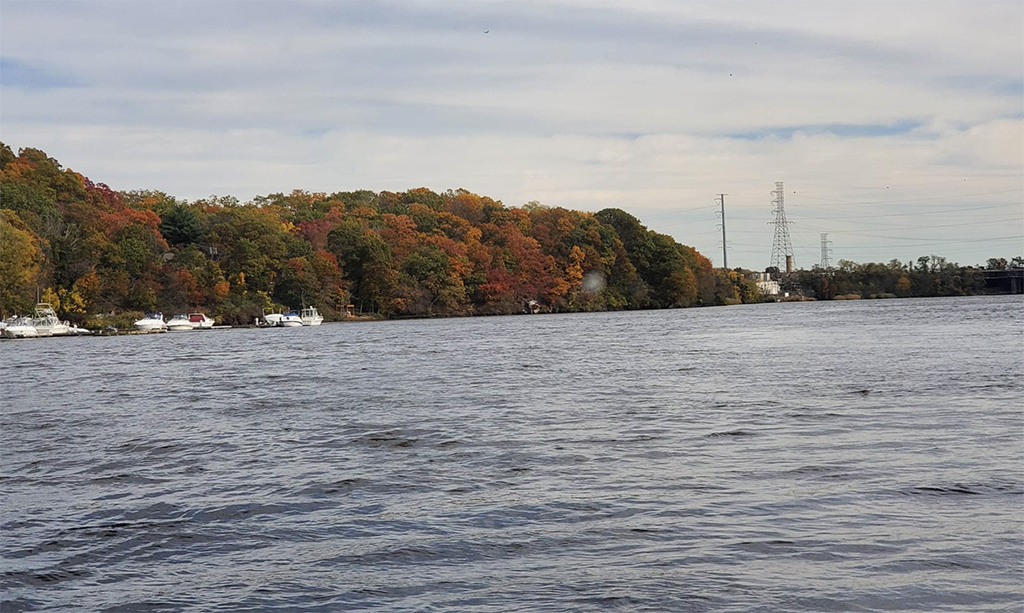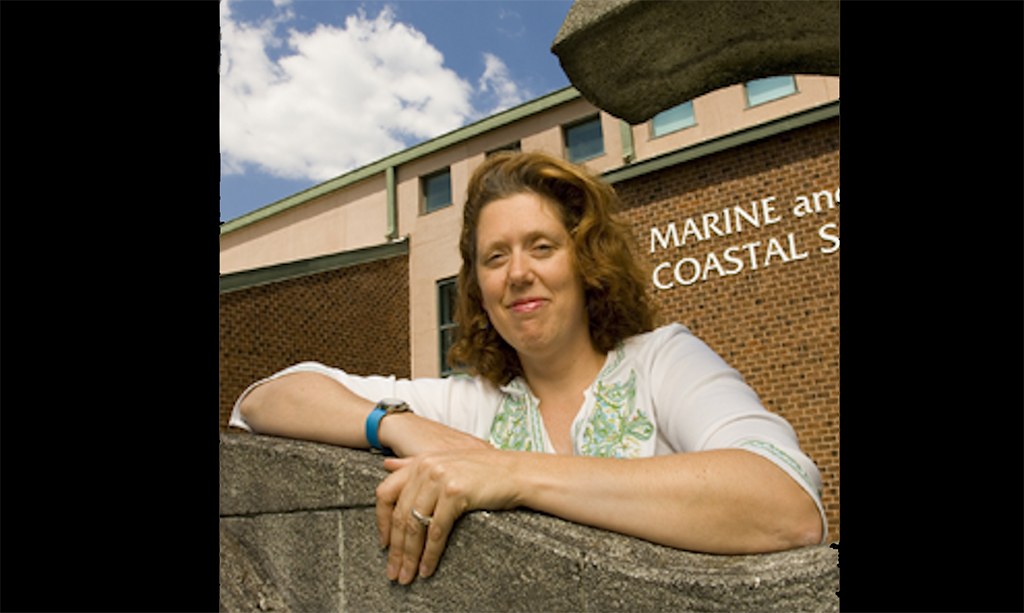Renew, restore, rewild: Three innovative projects boosting ocean health
A deep dive into new initiatives supporting biodiversity – from the coastline to the seafloor In a well-functioning marine ecosystem, everything is connected – from microscopic matter to massive aquatic…

